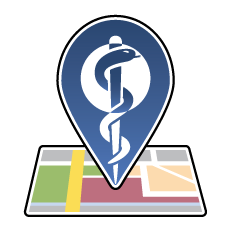Social: #PreeclampsiaAwarenessMonth #Preeclampsia
Twitter: @preeclampsia
Facebook: @PreeclampsiaFoundation
Website: www.preeclampsia.org
Preeclampsia is a disorder that occurs only during pregnancy and the postpartum period and affects both the mother and the unborn baby. Affecting at least 5-8% of all pregnancies, it is a rapidly progressive condition characterized by high blood pressure and usually the presence of protein in the urine. Swelling, sudden weight gain, headaches and changes in vision are important symptoms; however, some women with rapidly advancing disease report few symptoms.
Typically, preeclampsia occurs after 20 weeks gestation (in the late 2nd or 3rd trimesters or middle to late pregnancy) and up to six weeks postpartum (after delivery), though in rare cases it can occur earlier than 20 weeks. Proper prenatal care is essential to diagnose and manage preeclampsia. Pregnancy Induced Hypertension (PIH) and toxemia are outdated terms for preeclampsia. HELLP syndrome and eclampsia (seizures) are other variants of preeclampsia.
Treatments include medications to prevent seizures (magnesium sulfate) and to lower blood pressure (antihypertensives). Ultimately, delivering the baby is the most effective treatment, although some mothers will get worse before they get better and an even smaller number will develop preeclampsia for the first time after delivery.
Globally, preeclampsia and other hypertensive disorders of pregnancy are a leading cause of maternal and infant illness and death. By conservative estimates, these disorders are responsible for 76,000 maternal and 500,000 infant deaths each year.
Preeclampsia Foundation
3840 West Eau Gallie Blvd.
Suite 104
Melbourne, FL 32934
(800) 665-9341
(321) 421-6957
321-622-6596 Fax
info@preeclampsia.org
www.preeclampsia.org
Materials available
Contact: None designated
Return to May 2019 Events
Return to Calendar Overview
Source: 2019 National Health Observances, National Health Information Center, Office of Disease Prevention and Health Promotion, U.S. Department of Health and Human Services, Washington, DC.























